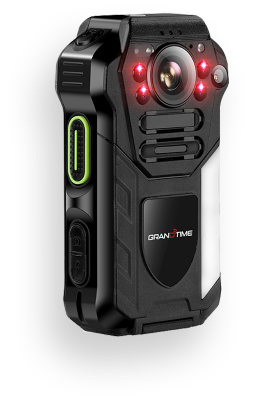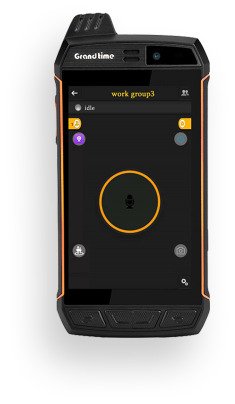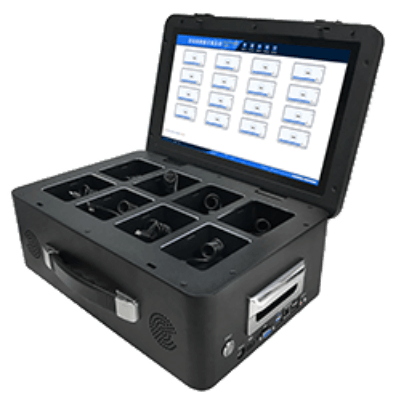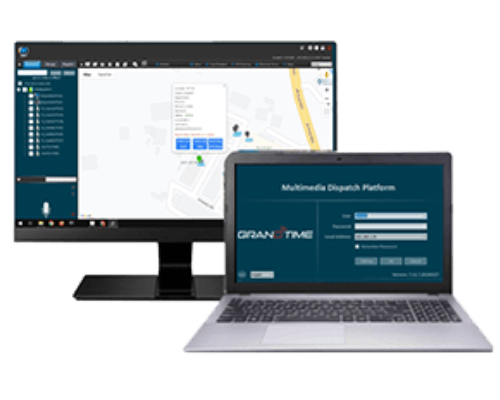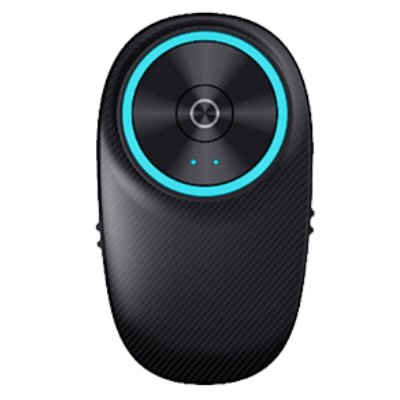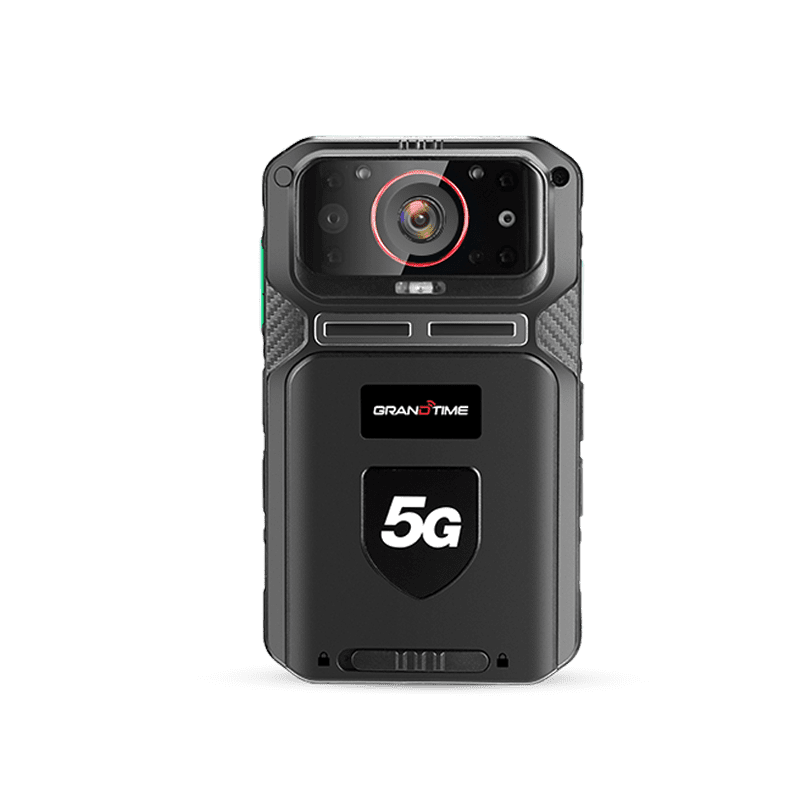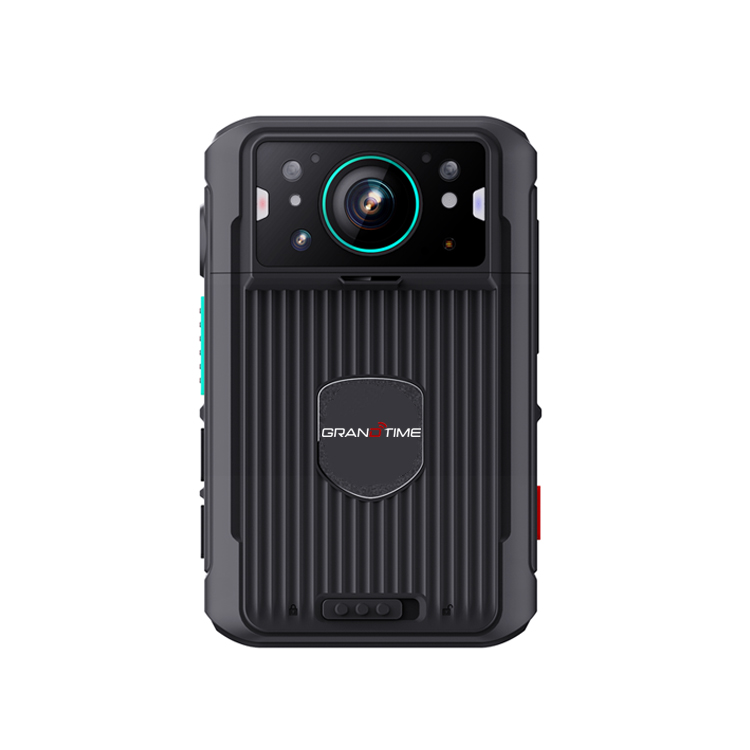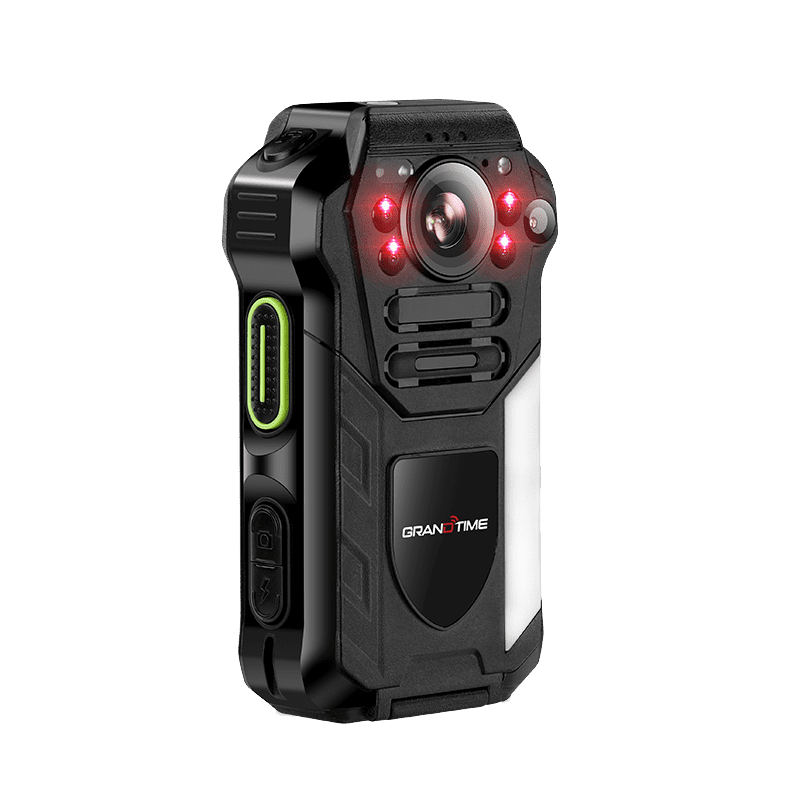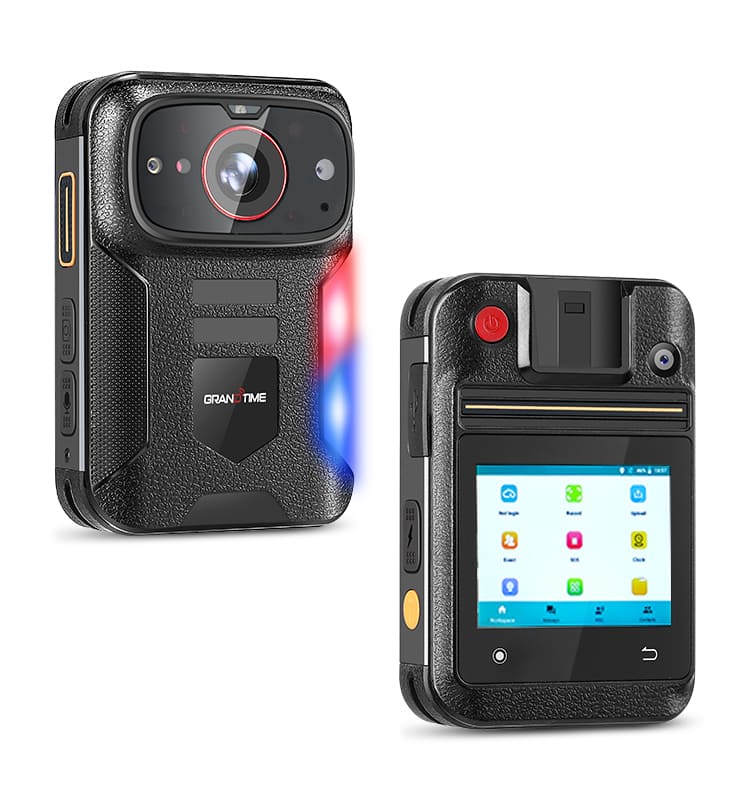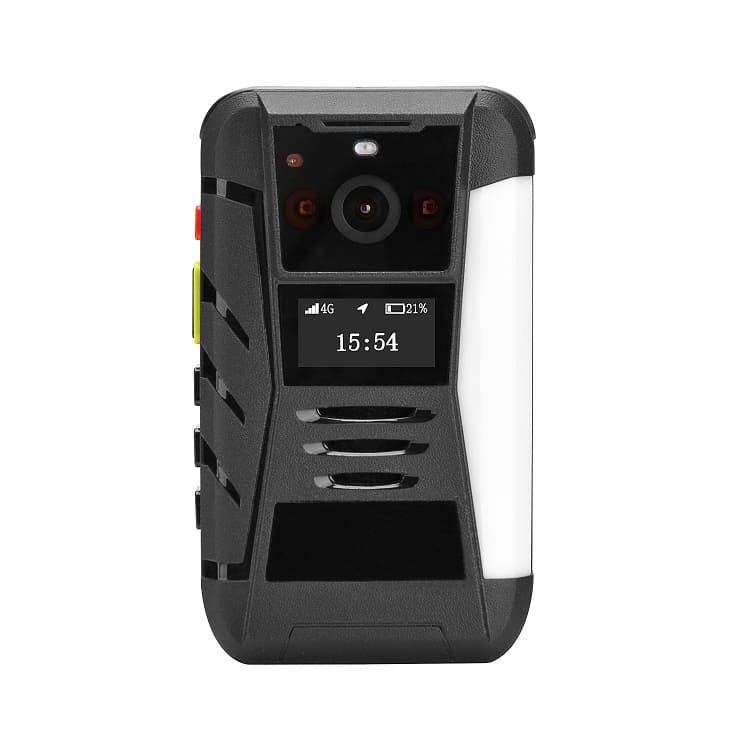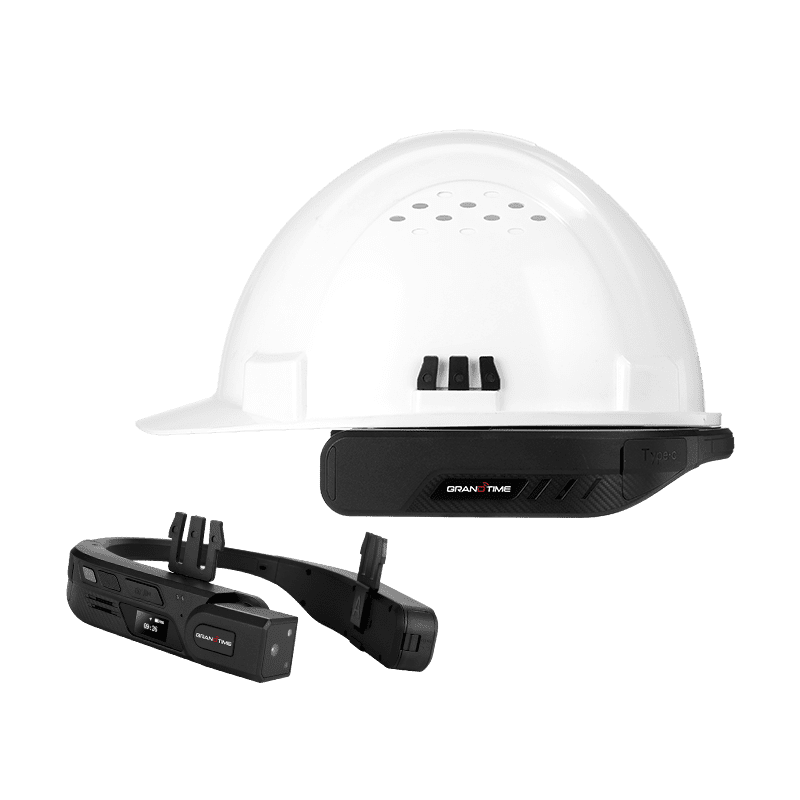In industries where safety, efficiency, and real-time communication are critical, smart helmet cameras have become indispensable. Whether you're managing a construction crew, overseeing field operations, or monitoring hazardous environments, equipping your team with the right smart helmet camera can significantly enhance productivity and safety.
However, with numerous models on the market offering different features and specifications, choosing the best smart helmet camera for your team can be challenging. In this guide, we'll break down the most important factors to consider, explore common applications, and introduce you to advanced helmet camera solutions like those from Grandtime, a professional smart safety equipment manufacturer.

1. Understand the Purpose and Use Case
Before diving into features, define how and where the helmet camera will be used. Common application scenarios include:
● Construction site monitoring
● Remote inspections
● Utility maintenance and repair
● Oil & gas field operations
● Law enforcement and emergency response
● Industrial training documentation
Understanding the environment and tasks will help determine the necessary features like video quality, connectivity, and durability.
Use Case Example: Remote Construction Supervision
A project manager working across multiple job sites may use smart helmet cameras for real-time streaming and documentation. In this case, 4G/5G helmet cameras with cloud connectivity are essential.
2. Evaluate Camera Quality and Angle
Camera quality plays a critical role in documenting activities and streaming footage in real-time. Look for:
● Minimum 1080p HD video resolution (4K is ideal for detailed visuals)
● Wide-angle lenses (120°–160° field of view)
● Low-light or night vision support
● Image stabilization technology
A helmet-mounted wide-angle camera ensures broader coverage, while stabilization ensures smooth video capture during movement.
3. Real-Time Communication Capabilities
For teams that require immediate feedback or supervision, live streaming and two-way audio features are non-negotiable.
Key communication features to look for:
● 4G/5G LTE connectivity
● Wi-Fi and Bluetooth integration
● Push-to-talk (PTT) functionality
● Integration with cloud platforms or proprietary monitoring software
These allow real-time collaboration between field workers and remote supervisors, which is crucial in industries like utilities and emergency services.
4. Durability and Environmental Resistance
Smart helmet cameras must withstand tough environments. Evaluate the following specifications:
● IP66 or IP67 waterproof ratings
● Dustproof and shock-resistant housing
● Operating temperature range
● Helmet compatibility and mounting security
In sectors like mining or chemical plants, intrinsically safe smart helmet cameras are often required.
5. Battery Life and Power Management
Field teams need reliable power. Choose devices that offer:
● 8+ hours of continuous operation
● Swappable or rechargeable battery packs
● Low-power mode or auto sleep functions
● Battery status indicators
Some advanced models include solar charging capabilities for off-grid work.
6. Storage and Data Management
Depending on your use case, you'll need to consider both local storage and cloud-based data access.
● Look for features such as:
● 64GB or higher onboard memory
● MicroSD card support
● Encrypted cloud storage options
● Auto-sync to cloud-based safety management platforms
Cloud integration is critical for industries adopting smart construction site management systems or digital safety compliance platforms.
7. Integration with Other Smart Devices
For maximum value, your smart helmet camera should integrate seamlessly with other devices or platforms, such as:
● Wearable sensors (temperature, gas, motion)
● Safety helmets with AR displays
● Workforce management systems
● AI-powered analytics software
Such integration transforms your helmet camera into a multi-functional smart PPE device, suitable for Industry 4.0 environments.
8. Compliance with Industry Standards
Ensure the product complies with industry safety regulations, particularly for high-risk sectors:
● ANSI Z89.1 or EN397 (helmet standards)
● ATEX/IECEx for explosive environments
● FCC, CE certifications for electronics
This guarantees safe deployment and avoids regulatory issues during audits.
9. Ease of Use and Training
Adoption depends on usability. Look for smart helmets with:
Intuitive UI/UX
● Voice control or one-touch recording
● Multilingual interface options
● Quick training resources
Simple operation reduces onboarding time and increases field worker acceptance.
10. Price, Warranty, and Vendor Support
Lastly, consider the total cost of ownership. While pricing can vary widely, prioritize:
● Value for performance
● Warranty terms (preferably 1 year or more)
● After-sales support
● Firmware update capabilities
● Availability of accessories and replacements
Choose trusted smart helmet camera manufacturers that offer reliable support and continuous product development.
Why Choose Grandtime Smart Helmet Cameras?
If you're looking for a well-rounded solution with advanced features and robust reliability, Grandtime offers some of the best smart helmet camera options for team-based applications.
4G Split-type Wearable Camera
● Equipped with 2 pieces of high-intensity infrared LEDs, the camera can capture visible contours of 10 meters and clear footage of 2 meters in low-light or darkness
● Provide HD recording
● Video can be streamed real-time back to dispatch over cellular 4G/LTE or Wi-Fi networks for nationwide monitoring of events
● 110-degree Large wide-angle lens
● Long battery life for full shift recording
● Support loop recording, seamlessly record every second
4G Smart Helmet Camera
● Android 8.1 OS and MTK platform
● Support 3G, 4G, and Wi-Fi networks
● One-touch PTT button for voice communication
● Torchlight and red laser positioning light
● 1080p Real-Time HD video Recording
● IP66 rating, dustproof and waterproof
● 1.5 meters drop test resistance
● Live video streaming to management
● Remote video monitoring and recording
WIFI Smart Helmet Camera
● 4 MP HD cameras, support loop recording
● HD wide angle and diagonal field view D-106 degrees
● Video Format / Encoding / Video encoding bit rate: MP4/H.265
● Linux operating system, 2.0 GHz NPU
● Rom 16GB Ram 1GB
● IP65 Waterproof
● Gravity sensing supported
● Built-in WIFI 2.4G/5G, support 802.11 a/b/g/n/ac
● Bluetooth version 4.0
● Built-in 1600mAh battery
● Working hours: 7.5 hours
Conclusion
Choosing the best smart helmet camera for your team isn't just about picking a high-tech gadget—it's about investing in safety, productivity, and real-time visibility across your operations. By assessing your use case, environmental conditions, and communication needs, you can select a device that truly enhances your team's capabilities.
Grandtime, as a leading smart safety equipment manufacturer, delivers powerful, field-proven smart helmet camera solutions tailored for industrial use. Whether you're managing a construction team, running industrial inspections, or overseeing field safety, Grandtime's smart helmet camera solutions are built to deliver dependable performance and scalable connectivity. Browse our smart helmet camera collection for more detailed information.

